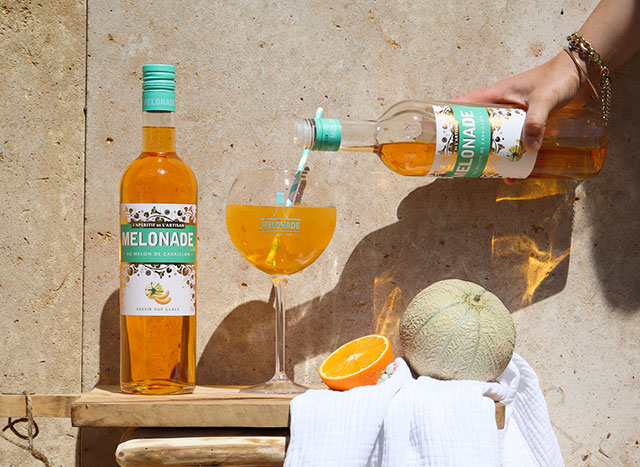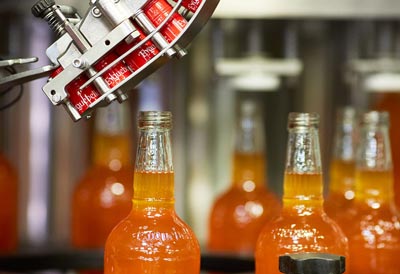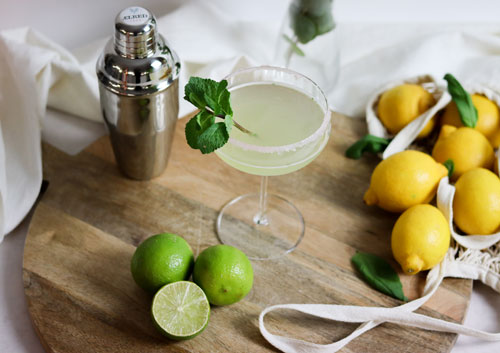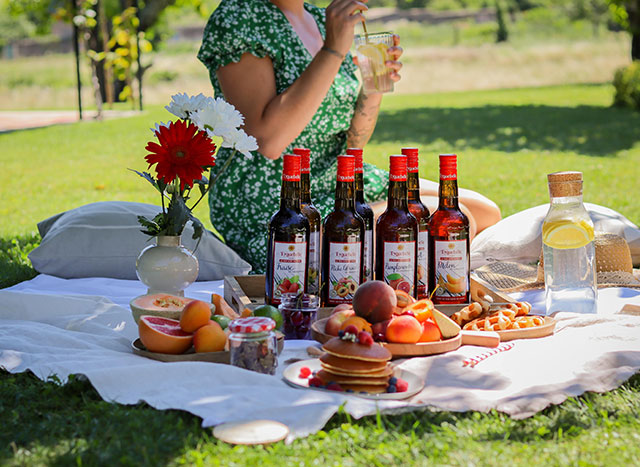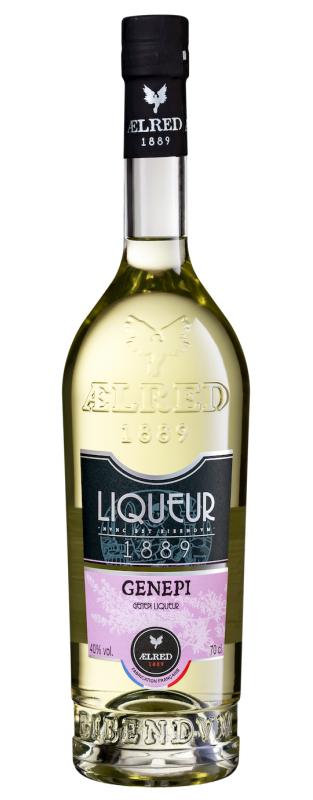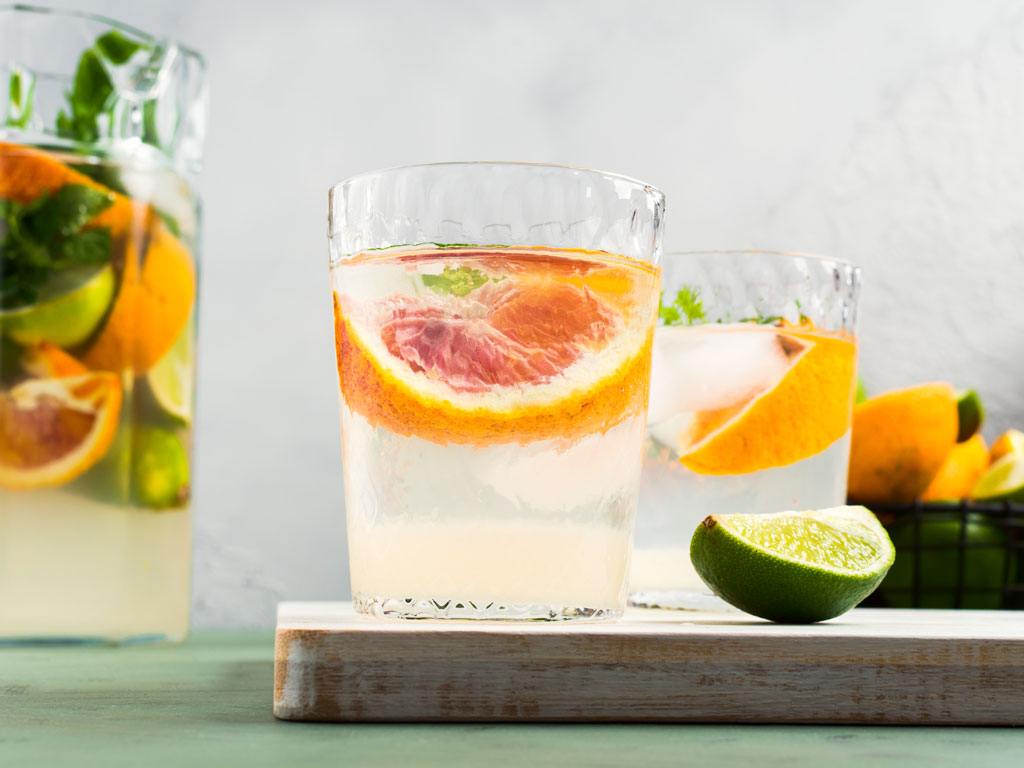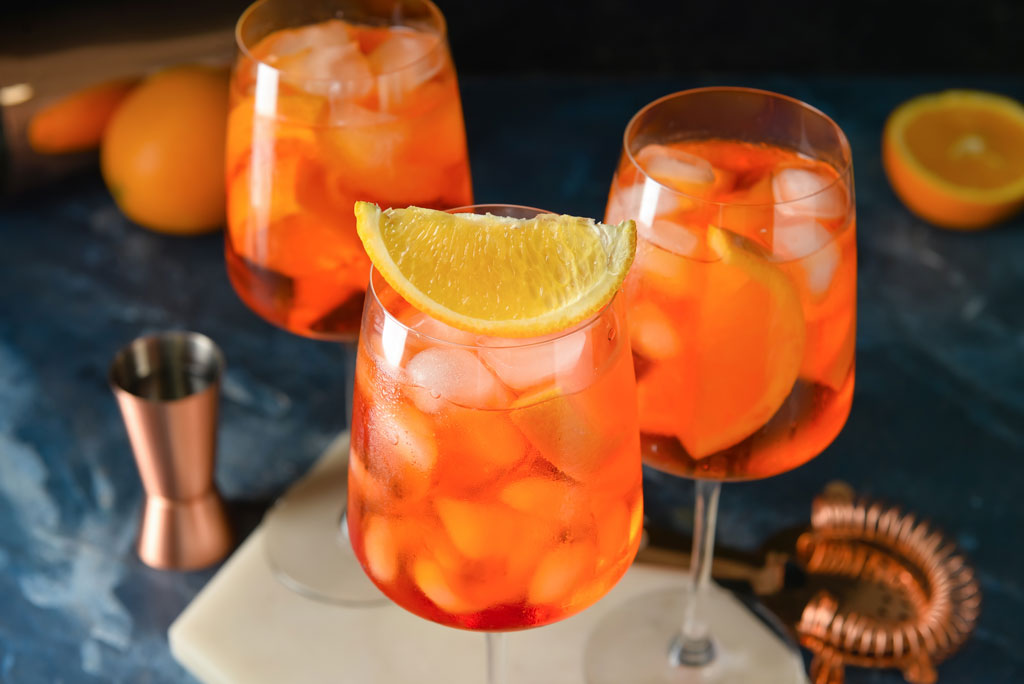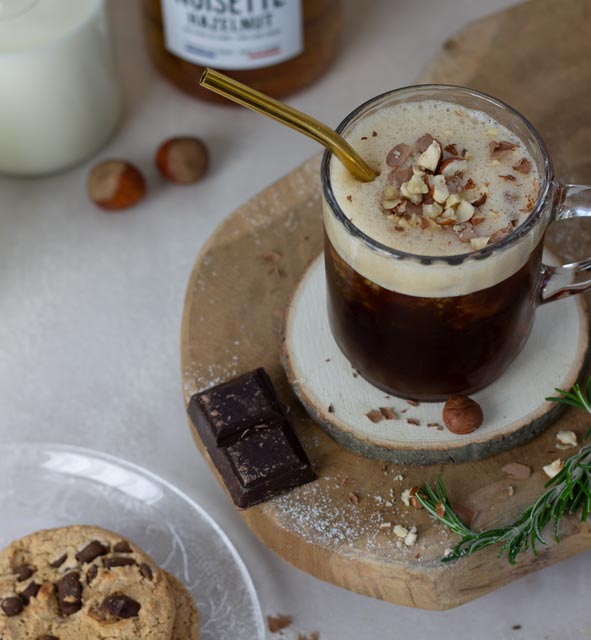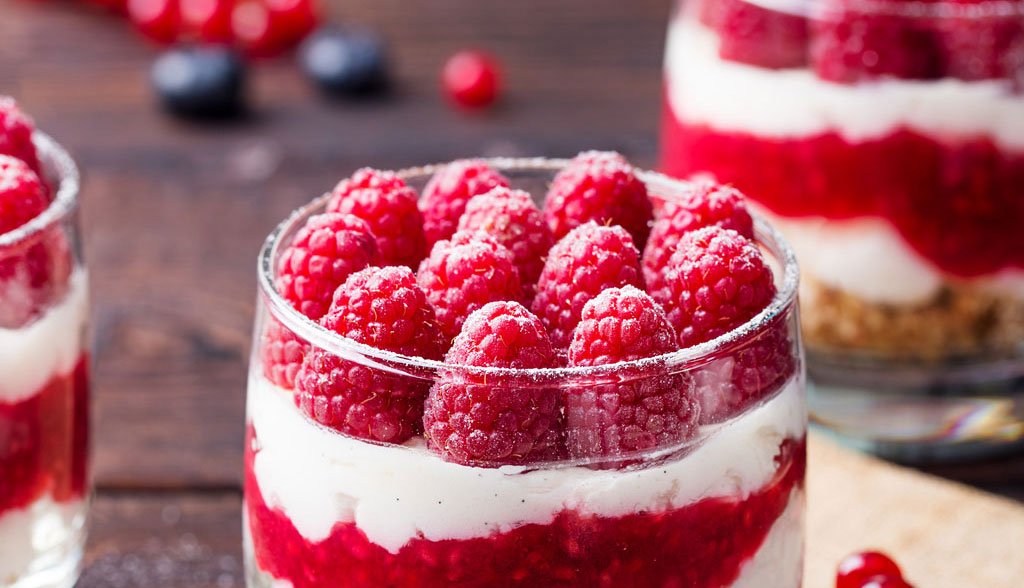
Making genepi: an ancestral liqueur
Introduction
Genepi is a traditional mountain liqueur that embodies the richness of the French Alps. Known for its distinctive aromas and age-old medicinal qualities, genepi is a rare and precious infusion of plants. Made with care and often in the traditional way, this emblematic mountain digestif is the result of a subtle blend of strong alcohol and macerated genepi. This article takes you to the heart of the production process, from harvesting the genepi to preserving the liqueur, including the secrets of maceration.
What is Genepi ?
Genepi is not only a liqueur, but also a rare plant that grows naturally in Alpine regions. Traditionally, two varieties are used to make it: black genepi (Artemisia spicata) and yellow genepi (Artemisia mutellina). These plants belong to the Artemisia family and are distinguished by their subtle aromas and legendary bitterness, which give genepi its distinctive taste.
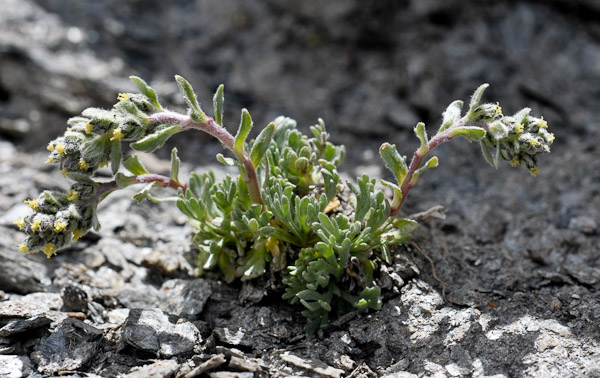
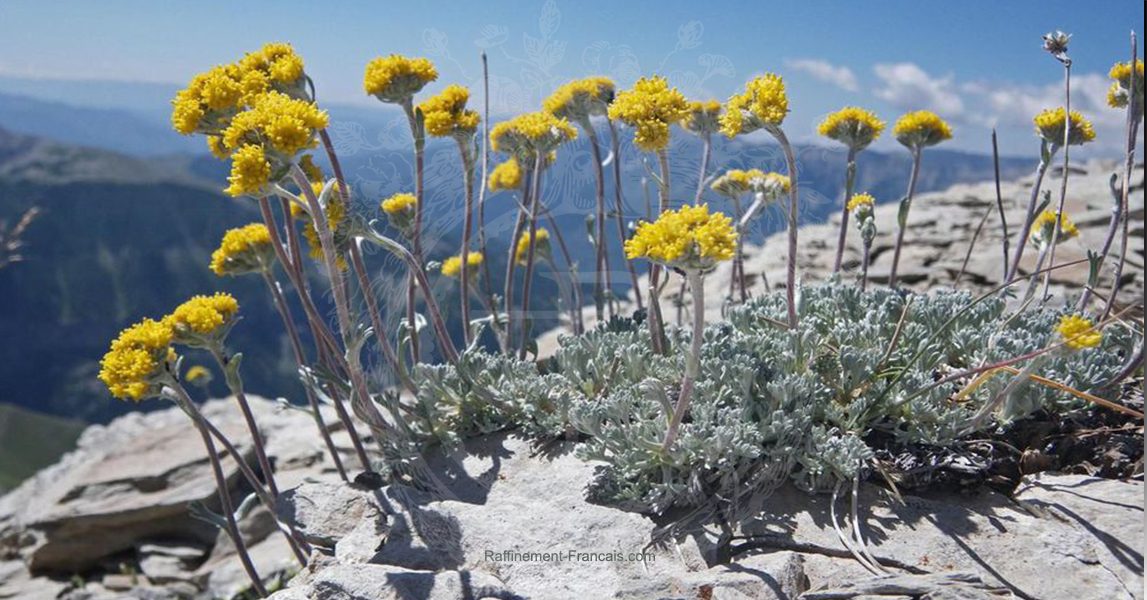
Genepi is much more than just a drink. Historically, its sprigs were used in herbal infusions for their medicinal virtues, particularly to relieve digestive problems and provide a soothing effect. Today, the plant remains a symbol of the Alps, appreciated by hikers and nature lovers who set off in search of this plant with its many benefits during the summer.
Harvesting Genepi: a precious privilege
Where and when to harvest genepi?
Harvesting genepi is a delicate process that generally takes place between July and August, when the plant reaches maturity. Black and yellow genepi grow in rocky areas, often at altitudes of over 2,000 metres, where they take root in poor, stony soil that is perfectly suited to their survival.
Regulations and respect for the environment
As this plant has become rare, strict protection measures govern the harvesting of genepi. In certain areas, such as national parks, harvesting is prohibited or strictly regulated in order to preserve biodiversity. Hobbyists wishing to produce their own genepi can grow the plant by buying certified seeds or seedlings, guaranteeing responsible production while respecting the ecosystem.
Preserving genepi sprigs
After harvesting, we recommend that you dry the sprigs of genepi. This drying, away from the sun, concentrates the aromas and prolongs the liqueur's shelf life. The dried sprigs can then be stored in a dry place, away from light, until the liqueur is ready.
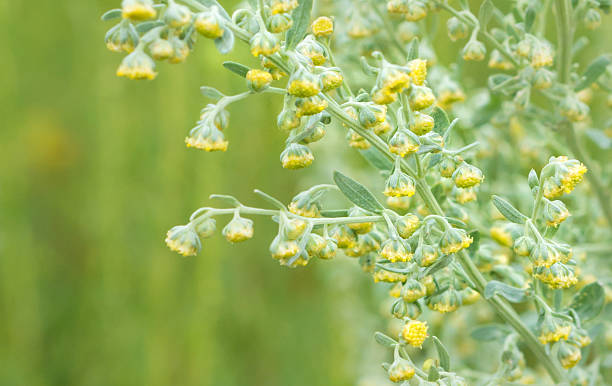
The Essential Ingredients for Making Genepi
The traditional recipe for Genepi liqueur is based on a few simple ingredients:
- Strands of genepi (black or yellow génépi): these form the aromatic base of the liqueur.
- Strong alcohol: a neutral alcohol (40-45%) that captures the aromas without masking the flavours of the plant.
- Sugar: to soften the natural bitterness of genepi and balance the liqueur.
- Water: used to dilute the alcohol and soften the final taste of the liqueur.
The choice of alcohol is essential for a successful herbal infusion. Too light an alcohol may not fully capture the aromas of the genepi, while too strong an alcohol may overpower the subtle taste of the plant.
Steps in making Genepi
Stage 1 : Drying the genepi
After harvesting, drying is an essential stage in the traditional production process. The sprigs are hung in a dark place to preserve the essential oils that contribute to the liqueur's aromas.
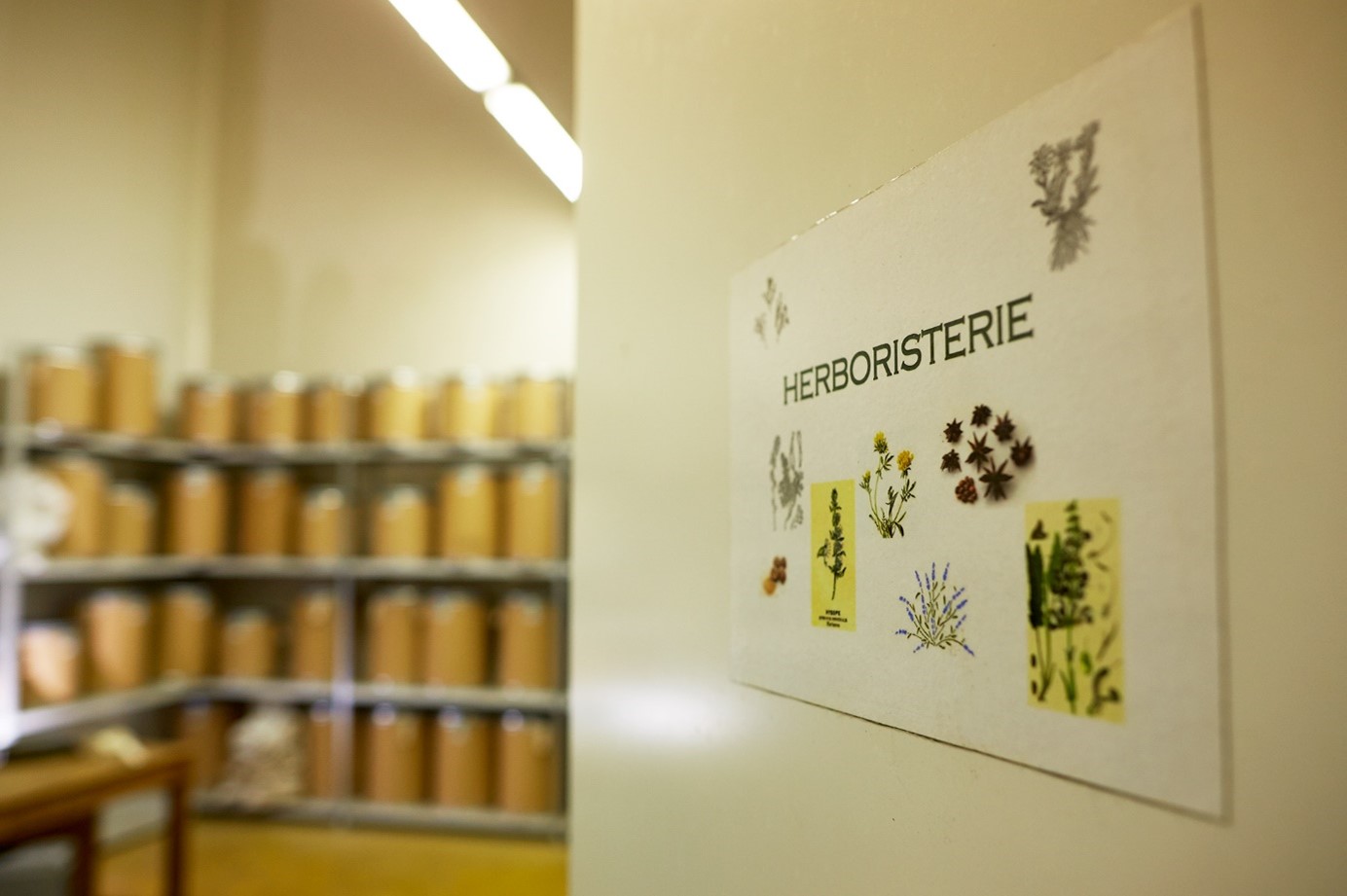
Step 2: Preparing the base liqueur
Once dried, the sprigs of genepi are immersed in strong alcohol, often a neutral alcohol at 40% or 45%, to help infuse the aromas. For one litre of alcohol, 5 to 10 grams of génépi are generally sufficient, but this dosage can vary according to the intensity required.
Stage 3: Maceration of the Genepi
Maceration is the heart of the recipe. On average, it lasts between 2 and 3 weeks, but some connoisseurs extend this time to a month to obtain a more intense liqueur. During this period, the sprigs gradually release their aromas into the alcohol, creating a rich, complex liqueur. The génépi infuses its flavours, bitterness and characteristic colour, ranging from pale green to yellow.
Stage 4: Filtering and bottling
Once the maceration of the genepi is complete, the liqueur is filtered to remove the plant strands. Next, a sugar syrup (water and dissolved sugar) is added, adjusted according to taste preferences. The liqueur is then bottled and ready for storage.
Maceration time and recommendations for storing the liqueur
Like all traditional liqueurs, genepi gains in depth with age. Once bottled, it is advisable to leave the liqueur to age for at least a month to allow the aromas to mellow and reach equilibrium. Store the bottles in a cool, dark place, ideally in a cellar. Properly stored, genepi liqueur can improve over the years.
Shelf life of the liqueur
Thanks to its high alcohol content, genepi liqueur can be kept for a long time, even several years, without losing any of its qualities. Over time, its colour and taste may change slightly, but that's part of its charm.
Tasting and uses of Genepi
Tasting Genepi is a ritual in itself. To fully appreciate its aromas, enjoy it chilled as a digestive after a meal. Its herbaceous, slightly bitter flavour also makes it an excellent ingredient for cocktails or cooking recipes.
Recipe for genepi cocktail
Discover our recipe for Cocktail Génépi Menthe Glaciale.
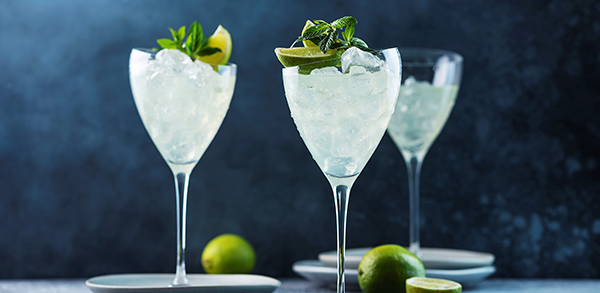
Benefits and precautions for use
Genepi has long been renowned for its supposed benefits for digestion and its relaxing effect. However, due to its high alcohol content, it should be consumed in moderation.
Artisanal vs. commercial production
Artisanal production of genepi liqueur creates an authentic product, rich in flavour and personalised to individual preferences. Commercial liqueurs, on the other hand, have to comply with production standards, often using standardised infusion and maceration methods. Homemade genepi can offer deeper aromas and unique flavours, depending on the choices made by the artisan (length of maceration, amount of sugar, etc.).
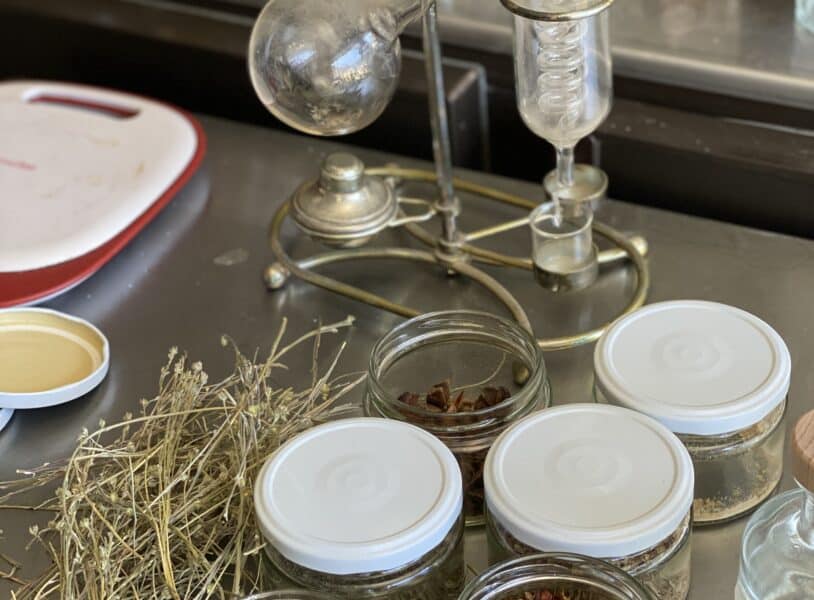
Making your own genepi means perpetuating age-old know-how while creating a liqueur that reflects the beauty and complexity of the Alps. From the harvesting of the genepi to the secrets of maceration, each stage in the traditional production process tells the story of a unique region. Store your liqueur with care and share its authentic taste with friends and family.
Discover also the Genepi Ælred liqueur.
FAQ about Genepi
Which plant should be used to make genepi?
To make genepi liqueur, we mainly use two varieties of Alpine plants from the Artemisia genus: black genepi (Artemisia spicata) and yellow génépi (Artemisia mutellina). These plants are renowned for their intense aromas and characteristic bitterness, which give genepi liqueur its distinctive taste. They are often used in the form of dried sprigs, added to alcohol for an infusion that concentrates their flavours.
What is the composition of genepi?
Traditionally, genepi liqueur is made from dried genepi sprigs, neutral strong alcohol (generally between 40% and 45%), sugar and water. The sprigs of genepi release their aromas into the alcohol during maceration, while the sugar counterbalances the plant's natural bitterness. Some producers or artisans adjust the amount of sugar and maceration time to suit their preferences, making each genepi recipe unique.
Where does genepi grow?
Genepi grows naturally in the steep, rocky areas of the Alps, mainly at high altitudes, often above 2,000 metres. The plant thrives in dry, sunny environments, where it develops slowly due to the harsh climatic conditions. The harvesting of genepi is strictly regulated in certain protected areas, in order to preserve this rare and precious plant. For amateurs, it is possible to grow genepi by buying specially adapted plants, so you can enjoy this emblematic plant without impacting its natural habitat.



